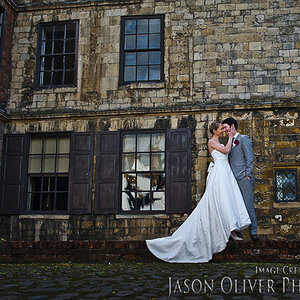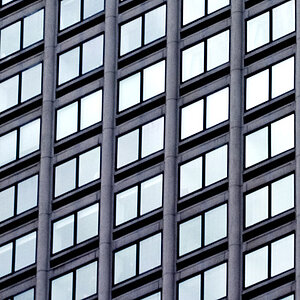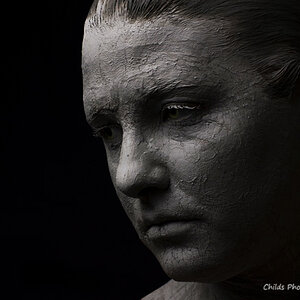Winona
Been spending a lot of time on here!
- Joined
- Mar 1, 2018
- Messages
- 1,613
- Reaction score
- 890
- Can others edit my Photos
- Photos OK to edit
I know I can work on Lightroom/photoshop without internet. But, will those pictures then upload into the cloud when I access internet and become useless to me? Or can I keep accessing them off line. I went to put it on my Mac book Pro this weekend. We have horrible internet. Really keeps me from doing much of anything. I went away this weekend and was actually able to go through my trip photos and videos from June and July. ( on the iPad and iPhone). I have a backlog of pictures that I can’t even look at. Ugh!
If anyone has internet ideas I would appreciate it as well. AT&T barely works. I have Consumer Cellular which barely works. Frontier is our local internet provider and IT IS HORRIBLE.
If anyone has internet ideas I would appreciate it as well. AT&T barely works. I have Consumer Cellular which barely works. Frontier is our local internet provider and IT IS HORRIBLE.





![[No title]](/data/xfmg/thumbnail/38/38720-f0f83c1b09a42065eefec8923841d54d.jpg?1619738701)


![[No title]](/data/xfmg/thumbnail/38/38721-a6c38c7ae974a8a5518bfbf14be98f18.jpg?1619738701)

![[No title]](/data/xfmg/thumbnail/31/31087-2287670c7bc11f26914352b7d9404588.jpg?1619734603)
![[No title]](/data/xfmg/thumbnail/33/33875-e155733428c9a8d5f34bbc19e80e29a6.jpg?1619736181)

